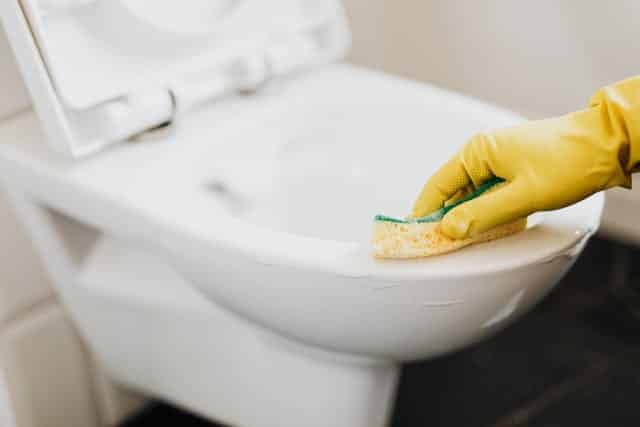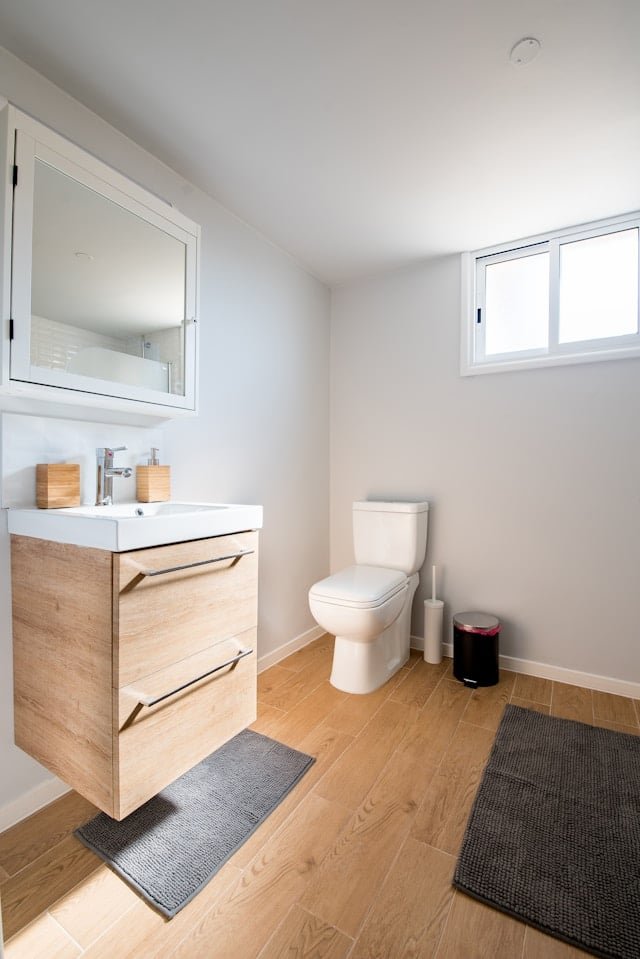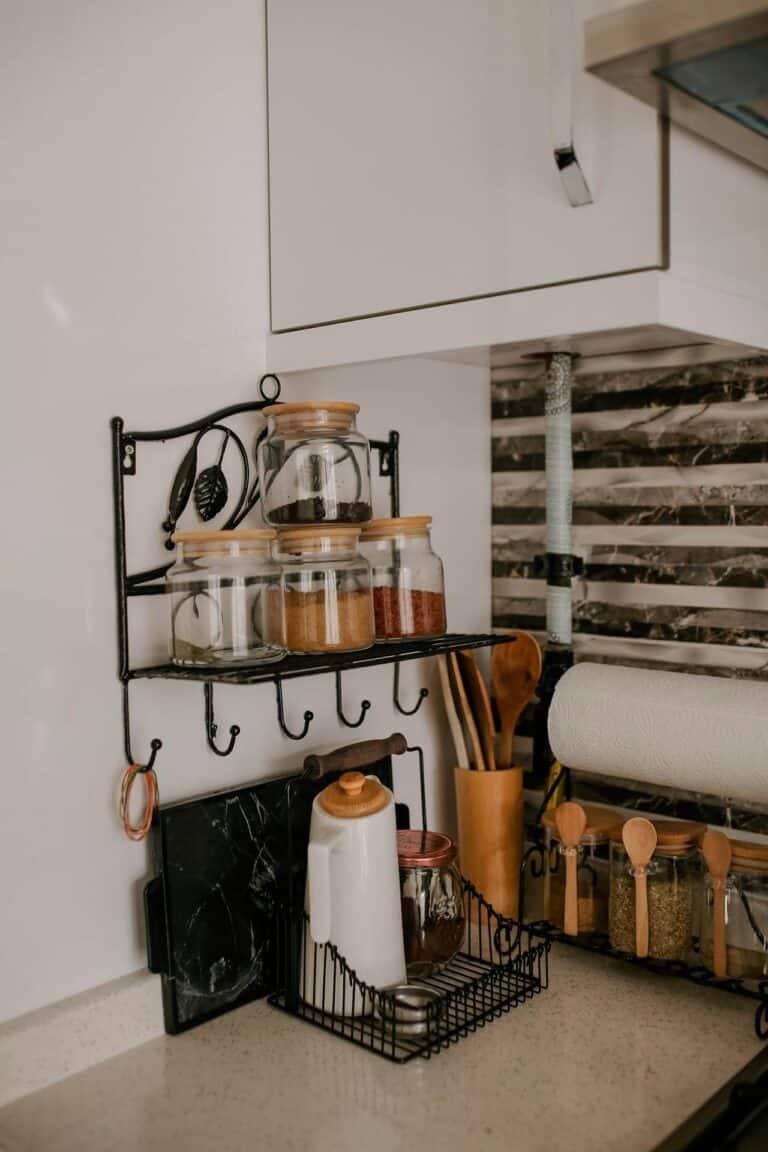How Often to Clean Things at Home? Here’s a Complete Breakdown

Keeping track of what needs to be cleaned and when can feel like a never-ending guessing game.
Some things look clearly dirty, while others silently gather dust, germs, and grime over time.
If you’ve ever wondered when you last cleaned the fridge or questioned whether it’s too soon to change the bedsheets again, you’re likely juggling the same questions many people do every week.
Knowing how often to clean things at home isn’t about following strict rules. It’s about building a simple rhythm that keeps your space clean without taking over your life.
Some tasks, like wiping kitchen counters or cleaning bathroom sinks, need to be done more often. Others, like deep-cleaning windows or washing curtains, can wait a bit longer.
Keeping your home clean doesn’t mean everything has to be spotless all the time. What really matters is staying consistent.
This post may contain affiliate links!
This guide breaks down the realistic timelines you can stick to, based on what works for busy households.
What Needs to be Cleaned Daily?
The following tasks need to be done on a daily basis:
1. Disinfect Kitchen Counters and Sinks
Kitchen counters should be cleaned after every meal prep to prevent the buildup of grease, crumbs, and bacteria.
The sink must be disinfected daily, especially after washing raw meat or dirty dishes.
Clean the stove daily if it’s used, and remember to replace kitchen sponges weekly to avoid bacterial spread.
Use a multi-surface cleaner like Lysol All-Purpose Cleaner Spray for a quick and effective clean across counters, sinks, and stove tops.
2. Take Out the Trash Daily Without Compromising
Trash sitting too long not only smells bad but also invites pests and germs, and increases the chances of mold growing inside the bin.
No matter how little it is, make it a habit to empty kitchen and bathroom bins daily, especially during warmer weather or after cooking strong-smelling food.
3. Clean the Dining Table Daily

After every meal, wipe the dining table thoroughly to remove crumbs, sticky spots, or spills.
For a quick and reliable clean, try using Tub O’ Towels Heavy-Duty Multi-Surface Cleaning Wipes, which cut through grime and residue on dining tables and other surfaces with ease.
This helps prevent bugs and keeps your eating space clean and inviting for the next meal.
4. Vacuum & Dust the Most-Used Room Daily
Focus on high-traffic areas like around the dining table or in the living room.
Daily vacuuming keeps dust, crumbs, and pet hair in check and helps your floors look tidy without needing a full sweep every day.
Check out Vacmaster Ultra-Lightweight Handheld Vacuum Cleaner, perfect for quick cleanups in your most-used spaces.
5. Wash the Dishes Daily
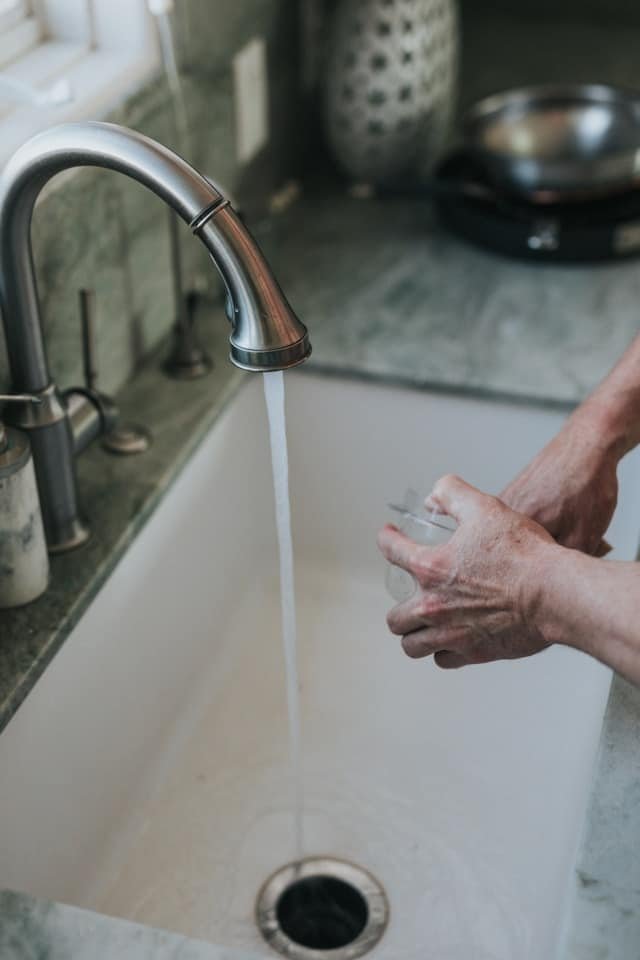
Never let dirty dishes sit overnight. Wash dishes after use so your sink stays clear and clean crockery is always ready for the next meal.
It also makes your kitchen look instantly more organized.
Weekly Cleaning Tasks
1. Sweep and Vacuum High-Traffic Floors Every 2 to 3 Days
Areas like entryways, hallways, and living rooms tend to collect dirt quickly.
To stay on top of dust, debris, and pet hair, make it a routine to vacuum these spaces every couple of days.
Bedrooms can usually be cleaned once a week, unless there’s visible dust or you have pets.
2. Mop Hard Floors Weekly
In areas like the kitchen and bathrooms, spills and moisture are frequent, so mopping them once a week is important to maintain hygiene.
Other rooms can be mopped every week, too, unless they receive heavy foot traffic or show signs of grime.
3. Clean Bathroom Sinks, Floor, and Toilets Two to Three Times a Week
Sinks and toilets are high-use and high-germ zones. Giving them a quick wipe-down every few days helps keep germs and odors under control.
For effective results, try Bar Keepers Friend Powder Cleanser for sink and surface cleaning, and use Lysol Toilet Bowl Cleaner to keep your toilet fresh and germ-free.
The bathroom floor, in particular, catches hair, dust, water, and germs, making it important to clean it frequently, not just once a week.
Use a Multi-Surface Cleaner and mop the floor two to three times weekly, especially if the bathroom is shared.
4. Change and Wash Bed Sheets Every Week
Washing sheets weekly helps reduce dust mites, body oils, and allergens, improving your sleep and hygiene.
Pillowcases may need to be washed more frequently, especially if you have sensitive skin or allergies.
Also, remember to wash bathroom towels weekly or biweekly, depending on usage.
5. Clean the Microwave Weekly or As Needed
Microwaves can get grimy fast. Wipe spills immediately after they happen, and give it a deep clean once a week by steaming it with lemon water.
This loosens up stubborn grime and leaves your microwave fresh and odor-free.
6. Dust Surfaces and Furniture Weekly
Dust tends to build up quickly on tables, shelves, picture frames, and electronics.
A weekly wipe-down with a Microfiber Cleaning Cloth helps keep surfaces clean and reduces allergens in the air.
Ceiling fans, vents, and baseboards can be handled once a month.
7. Wipe Doorknobs and Switches Weekly
These small areas are touched multiple times a day and can carry a surprising amount of germs.
Make it a habit to disinfect doorknobs, cabinet handles, and light switches once a week, especially during flu season or when someone in the household is feeling unwell.
For a quick and effective solution, use Clorox Scentiva Disinfecting Wipes to wipe down high-touch surfaces and keep your home germ-free and fresh-smelling.
Biweekly Cleaning Tasks
1. Tidy and Disinfect the Fridge Every Two Weeks
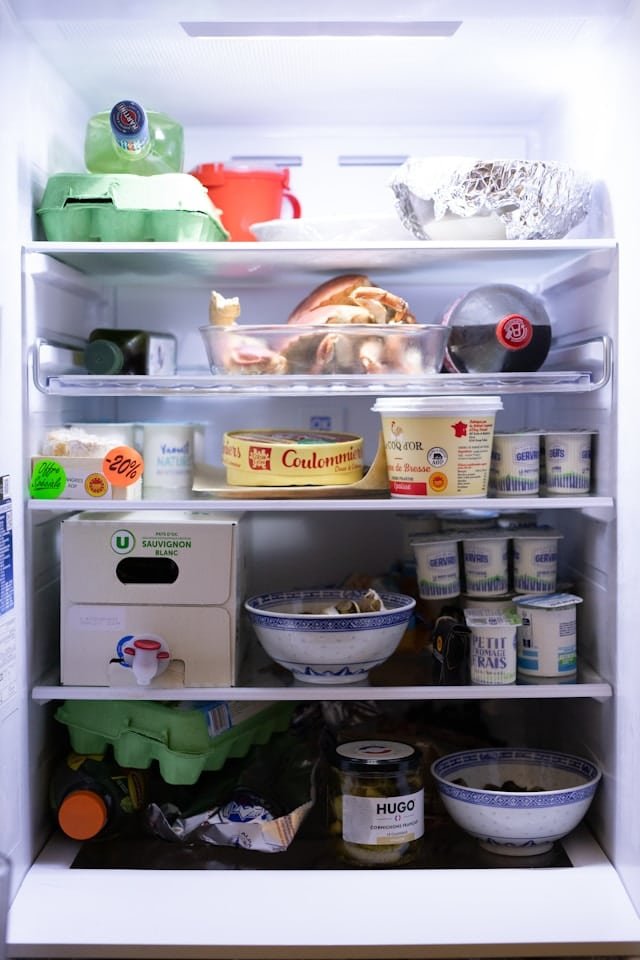
The fridge is one of the busiest spots in your kitchen and can easily become a home for spills, forgotten leftovers, and expired items.
Every two weeks, make it a habit to go through all the shelves, toss anything expired, and wipe up spills before they turn into sticky messes.
Use a food-safe disinfectant or a vinegar and water mix to clean surfaces.
To go a step further in keeping things fresh, consider placing a fridge deodorizer in your fridge.
It helps eliminate odors and keeps the interior smelling clean between your deep cleans.
This small task helps your fridge look clean, smell fresh, and feel much more organized and usable.
2. Clean Interior Windows Every Two Weeks
Windows and mirrors inside the home quickly collect fingerprints, dust, and smudges.
Every couple of weeks, try Glass Cleaner or a DIY vinegar solution to wipe down the interior of your windows.
Focus on high-touch areas where grime builds up faster.
Clean windows not only let in more light but also instantly make your home look brighter and well-maintained with minimal effort.
Monthly Cleaning Tasks
1. Deep Clean Showers and Bathtubs Monthly
Showers and bathtubs easily collect soap scum, grime, and mildew, especially in corners and grout lines.
Once a month, take the time to scrub the tiles, rinse grout lines, and wipe down glass doors or shower curtains thoroughly.
Consider using Disinfecting Bathroom Cleaner to prevent buildup and keep these spaces smelling fresh and looking clean.
Regular deep cleaning not only improves appearance but also helps maintain the finish and avoid long-term stains.
2. Deep Clean the Dishwasher Monthly
Even though it’s used to clean dishes, your dishwasher also needs cleaning.
Once a month, run an empty hot cycle with a cup of vinegar or a Dishwasher cleaning tablet to eliminate grease, food residue, and odors.
Pay attention to the filter at the bottom of the unit. Remove it and rinse thoroughly under hot water.
3. Maintain the Washing Machine Monthly
Washing machines can build up soap scum, mold, and detergent residue, especially if you use liquid detergent or wash with cold water frequently.
To keep the machine working efficiently and smelling fresh, run an empty hot cycle once a month using a good Washing Machine Cleaner.
It’s designed to remove residue, mildew, and foul smells, leaving your washer clean and ready for the next load.
Also, make it a habit to check the rubber seal and detergent drawer for hidden grime or buildup.
Every 3 to 6 Months
1. Wash Curtains & Rugs Every 3 to 6 Months
Curtains may not look dirty, but they collect dust, pet dander, odors, and allergens over time.
If you have pets or seasonal allergies, it’s best to wash or vacuum your curtains every 3 months.
Otherwise, washing them twice a year is enough to keep them fresh. Be sure to follow the fabric care labels.
Some curtains are machine washable, while others need to be steamed or dry cleaned. Clean curtains instantly make a room feel lighter and more breathable.
2. Wash Cushion Covers and Extra Sofa Linens
If your sofa has removable covers, throws, or extra layers of fabric, plan to wash them every 3 to 6 months.
These fabrics hold on to dust, sweat, and body oils, especially in households with kids or pets.
Washing them regularly not only keeps your furniture looking clean but also helps reduce smells and allergens in your living space.
Yearly Maintenance
1. Clean Exterior Windows Twice a Year
The outside of your windows collects a lot of things that block natural light and make your home look dull from the outside.
Cleaning them yearly helps your house feel brighter and look well-kept.
If your home is near trees, construction, or dust-prone areas, consider doing it seasonally.
Use a squeegee and window cleaner for basic cleaning, but for hard-to-reach or upper-level windows, it’s best to hire professional cleaners once a year for safety and better results.
2. Clean Behind and Under Large Appliances
Once a year, move large appliances like the fridge, oven, and washer/dryer to clean the floor and wall area underneath and behind them.
You’ll likely find dust, food crumbs, spills, and even pests.
Vacuum behind the refrigerator coils to improve efficiency and reduce fire risk.
This task is important for hygiene and helps extend the life of your appliances.
If the appliances are heavy or hard to move, consider hiring a cleaning team or handyman service to handle this safely.
3. Declutter Storage Spaces Like the Attic, Garage, or Basement
These are often the most neglected parts of a home. Do a deep clean and declutter session once a year in your garage, basement, or attic.
Sort through boxes, toss or donate items you haven’t used, and reorganize bins and shelves to make these spaces more functional.
Because these areas can collect dust, cobwebs, and mold, it’s a good idea to hire professional cleaners or organizers for support, especially if the task feels too big to handle alone.
Final Thoughts
Keeping your home clean requires consistency.
When you know how often to clean things at home, you remove the constant guesswork and make cleaning feel less like a burden.
Break tasks into daily, weekly, monthly, and yearly routines. Each one helps create a home that’s healthier, more organized, and easier to maintain.
You don’t need to do it all at once.
Use this guide as a realistic framework that fits your lifestyle.
The goal isn’t to have a spotless home every day. It’s to have a manageable system that keeps things under control.
Read more:
- 20 Surprisingly Easy Bathroom Cleaning Hacks That Leave No Dirt Behind
- 20+ Practical Kitchen Cleaning Hacks That Go Way Beyond the Basics
- How To Organize Your Room And Always Keep It That Way
- 15 Shockingly Simple Habits Of People Who Keep Their House Clean All The Time
- 25+ Effective Cleaning Hacks You Won’t See All Over the Internet
